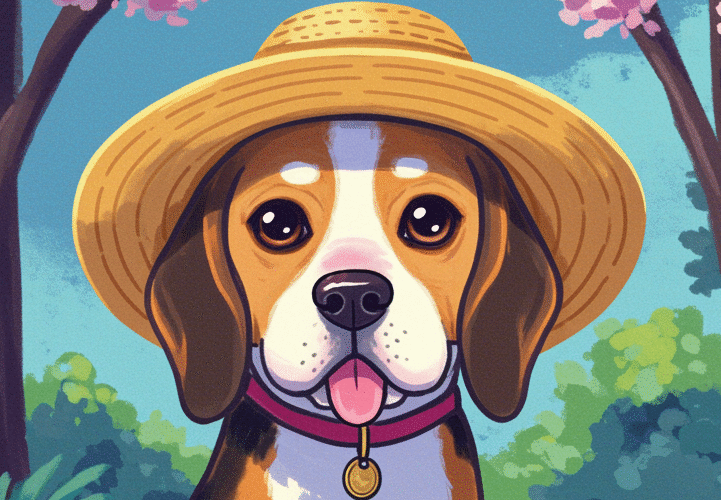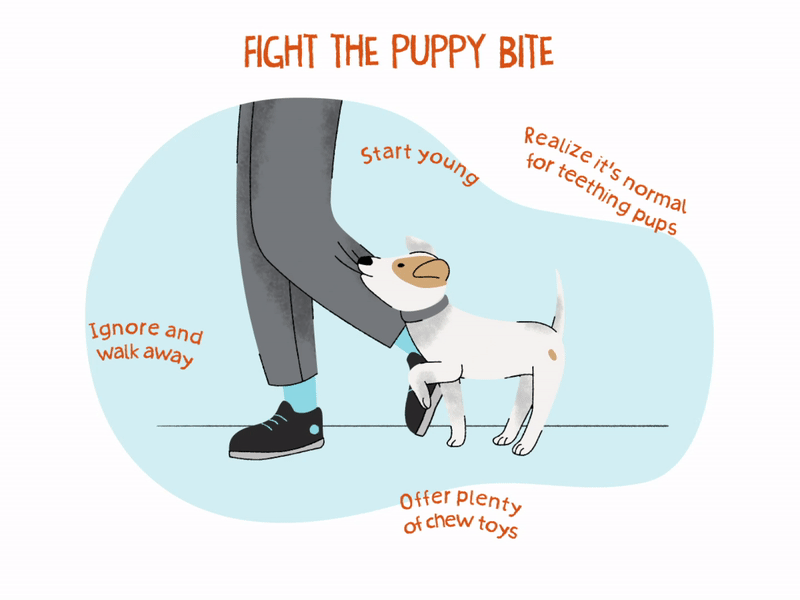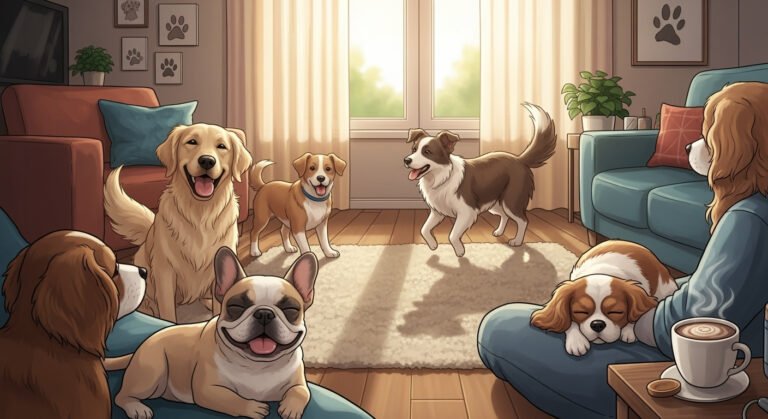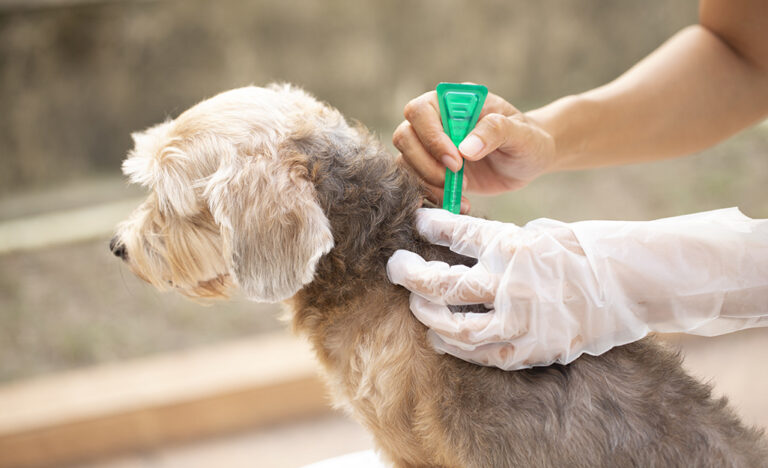One of the first things you can do to stop your puppy from biting is to distract him. You can do this by slowly waving your hand in front of his face. As you wave, reward your puppy for not biting. Likewise, you can also try to train him to have ‘bite inhibition’ by using various toys and distraction methods.
Distract your puppy
Distracting your puppy from biting people is not always easy, but there are ways to stop it. The first step is to stop the behavior before it gets worse. This can be done by using a time-out. Make a consistent sound when your puppy bites, then walk away and wait for 10-20 seconds before coming back. This can help prevent playbiting. The next step is to distract your puppy by playing with something he loves, such as a toy.
Another effective technique is to crate your puppy when he starts to bite people. Make sure to place the puppy in the crate in a calm manner. This will help your puppy not associate the crate with punishment and help you remain calm. Once your puppy is calm, you can let him out again. In the meantime, keep in mind that a puppy that is constantly biting people may need to burn off energy and may bite if you don’t want it to.

Another way to distract your puppy from biting people is by using chew toys. If your puppy is biting your ankles, for example, you should carry a chew toy with you. When he starts to chew on your ankles or feet, stop moving and wave the toy. When he stops biting you, reward him with a toy or a treat.
Using toys to distract your puppy from biting people will help your puppy learn that biting is not acceptable. This will reduce the amount of fun that he has and prevent the uncomfortable bites from continuing. You can also use baby gates to keep your puppy in a safe place. If your puppy is too playful, try placing a baby gate between the room and the dog. However, this method is only effective if the room is already puppy-proofed.
Using toys to distract your puppy from biting people can also help stop him from chewing furniture. These toys are usually made from softer plastic that won’t hurt a puppy’s baby or adult teeth.
Redirect his attention
One of the most difficult parts of training a puppy is teaching him not to bite people. Although this is difficult, a combination of clicker training and redirection can help you break the vicious cycle. Redirection involves diverting your puppy’s attention from its focus and back to you. This technique is not to be confused with blocking, which is used when a puppy’s energy level is higher than 5/10. Cesar uses three fingers in the shape of a “claw” to block your puppy’s attention and redirect him to the desired object.
Initially, redirect your puppy’s attention to safe chew toys. Puppy chewing on hands can hurt, and it is essential to stop this behavior as quickly as possible. Alternatively, try playing with the item in question so that it becomes irresistible for your puppy to chew on it. But before you attempt to redirect your puppy’s attention to the object you are trying to stop, you need to know what triggers it.
Another way to prevent your puppy from biting people is to introduce enrichment activities. Playing with toys will help your puppy develop social skills, while stimulating his brain. Small rawhide chew bones and other toys are excellent for this purpose. But remember, you should only give them to your puppy if you are closely monitoring his behaviour.
Once your puppy has learned not to bite people, you should reward him or her for any successful moments. If your puppy isn’t biting you, then praise it for chewing toys or licking your hands. These activities will also help you train your puppy not to bite people.
In some cases, it may be necessary to use a time-out procedure. This technique is effective at preventing a dog from chewing on people. If you find your puppy is mouthing you, yell at him loudly. This will cause your puppy to stop chewing on you and look around the area. Repeat this process for about two weeks and he’ll likely learn to inhibit the behavior.
You can also use an interrupter cue to stop biting people. You can give your puppy a treat when he starts to chew on your hand. Using this method will teach your puppy that teething isn’t acceptable for humans.
Encourage noncontact forms of play
If your puppy has started to bite, encourage noncontact forms of play with your hands. Toys, such as tugs, are a safer alternative. Place them in areas where your puppy can access them and redirect them whenever they begin to mouth. This will encourage your puppy to look for toys instead of your hands when they are ready to play.
Play is one of the most natural and fun things to do with a puppy. The best way to encourage your puppy to stop biting is to reward him for being gentle. This is because puppies learn by playing. Punishing your puppy frequently will lower his self-esteem and discourage him from learning.
Using a time-out method is another way to discourage your puppy from mouthing you. When your puppy begins to chew your hand, yell loudly to get his attention. If your puppy continues to chew on your hand, you can punish him by spraying his mouth with a bitter taste. Repeat this process for about two weeks until your puppy stops mouthing you.
When you introduce a new puppy to the world, make sure to introduce them to as many different types of play as possible. Puppy play with other dogs can help develop bite inhibition, which will prevent them from hurting you with their bites. It can also teach them social skills and make them more sociable.
Play with your puppy is a great way to build your relationship with them. It will help them learn new things, and it will build their confidence. Besides, it will help them desensitize you to new things and situations. Good-natured teasing will help your puppy avoid biting you, as well.
Teach him ‘bite inhibition’
Bite inhibition is an important skill for your puppy, especially during the first few months of life. It’s a natural instinct for a puppy to chew things, but it’s important to teach it not to use its mouth to hurt anything, even its own owner. Luckily, puppies have a wide range of toys and soft materials to chew on, so teaching it this skill is easier than you might think.
While some people think that biting is a necessary trait for a dog, the truth is that any dog can learn to avoid biting other animals and people. It’s not a necessary skill to become a human, but it can help the dog become more friendly and tolerant around other animals.
First, dogs need to be socialized. Without socialization, they’re more likely to develop behavioral problems. Proper socialization is crucial for a dog’s development and helps make the bite inhibition training process easier. Remember that dogs are pack animals and were once social animals. So, you’ll want to make sure that you start socializing your pup as early as possible.
When it comes to teaching a puppy ‘bite inhibition’, positive training techniques are the most effective. Use positive reinforcement techniques to praise your puppy for gentle mouthing and react to hard bites audibly. Avoid using aversive methods to train your puppy because these methods may limit your progress and cause your puppy to stop learning.
Biting inhibition can be a challenge for puppies, but it can be taught with patience and a little clicker training. Puppies learn this skill through play with their littermates. When they are bitten too hard, they will yell and stop playing. This will teach the offending puppy not to bite as hard next time.
Regardless of how friendly your puppy is, a bite can damage your clothing or even break a bone if your dog is not properly trained. A bitten puppy can also cause a legal problem, increase your insurance rates, and result in a lot of pain. By teaching your puppy ‘bite inhibition,’ you’re protecting yourself, preventing heartbreak and saving your puppy’s life.






